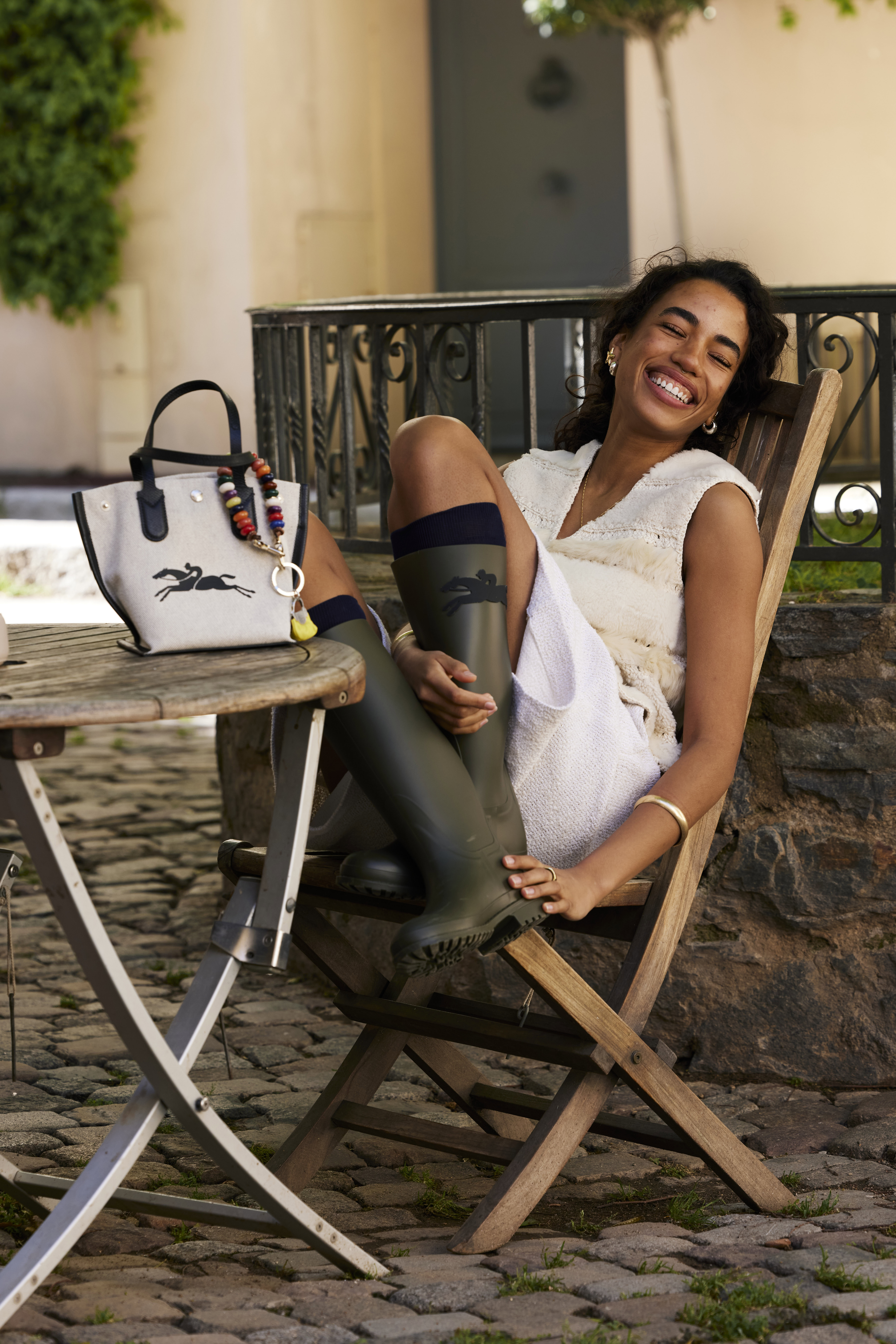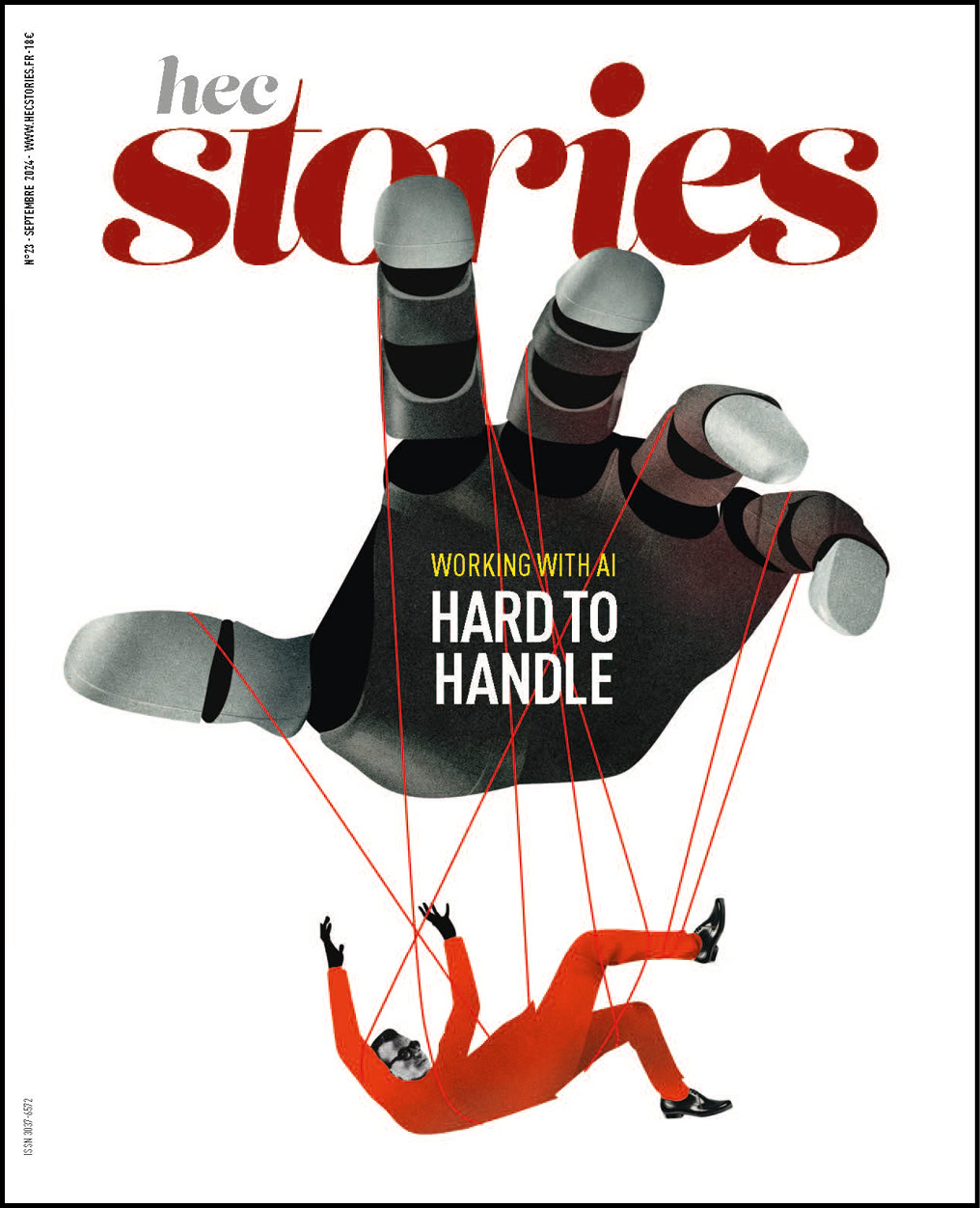Hector Cassegrain (H.15) : Fashion from the 1950s to Today

This is the story of a family, much like many others in the fashion world, which has been skillfully leading not a group of luxury brands, but an accessible luxury house, passed down from father to son since 1948. Between the iconic foldable bag, the now indispensable roseau leather goods line, and more recently, its ready-to-wear pieces, Longchamp epitomizes French chic, successfully spreading its influence across 80 countries. From one border to another, fashion trends aren’t always the same. A fun and chic analysis of Parisian fashion versus London fashion with Hector Cassegrain, the director of Longchamp for Great Britain and Ireland, who brings depth to the discussion.
HEC Stories: Longchamp is sold throughout Europe but also in the United States, the Emirates, Asia, and even beyond. Is France still your primary market?
Hector Cassegrain: Yes. France is our core market, where we are most well-known. Unlike other major luxury houses, we have a strong European clientele, including French, I believe, notably because our brand remains accessible. Our price range is accessible.
HEC Stories: While the brand was already successful, especially with the foldable bag, Longchamp expanded into a ready-to-wear line since 2005, why?
Hector Cassegrain: We wanted to give more visibility to everyone interacting with the brand. The bag is an extension of oneself. We put our lives into our bags, everything dear to us. It’s very personal. But a more comprehensive silhouette simplifies sharing the essence of a brand entirely. We offer a complete wardrobe, and through it, we can truly express who we are.
HEC Stories: Among all Longchamp sales in Great Britain and Ireland, the area you oversee, what is the percentage of ready-to-wear sales compared to leather goods?
Hector Cassegrain: Leather goods are the vast majority. For example, here in Great Britain, out of the 30 stores and concessions that distribute Longchamp, only two sell ready-to-wear collections, on Bond Street and Regent Street in London.
HEC Stories: We recently had Jean Cassegrain, the CEO of Longchamp, on the set of our show “L’Entretien HEC.” A few weeks ago, he stated that vétégal leather was not under consideration in your workshops in Segré. Can you confirm this?
Hector Cassegrain: That’s correct, but one should never say never.
HEC Stories: Let’s move on to more fun topics now. With your professional eye, what are the differences between London and Parisian customers?
Hector Cassegrain: The Parisian has an effortless side. Her strength lies in having a few key pieces, classics, that she can mix and match with various elements from her wardrobe. I’m talking about a well-cut pair of jeans and a great blazer, plain and simple. Whereas, for me, the Londoner is more thoughtful and creative. Here in London, there’s a lot of tolerance. No one bats an eye at someone with pink hair, unlike in Paris.
HEC Stories: How does that translate into your boutiques?
Hector Cassegrain: Some bags with very pronounced colors sell well here in London. I don’t think that’s the case in Paris. Here, you can wear whatever you want, and you won’t be judged.


Published by Daphné Segretain

